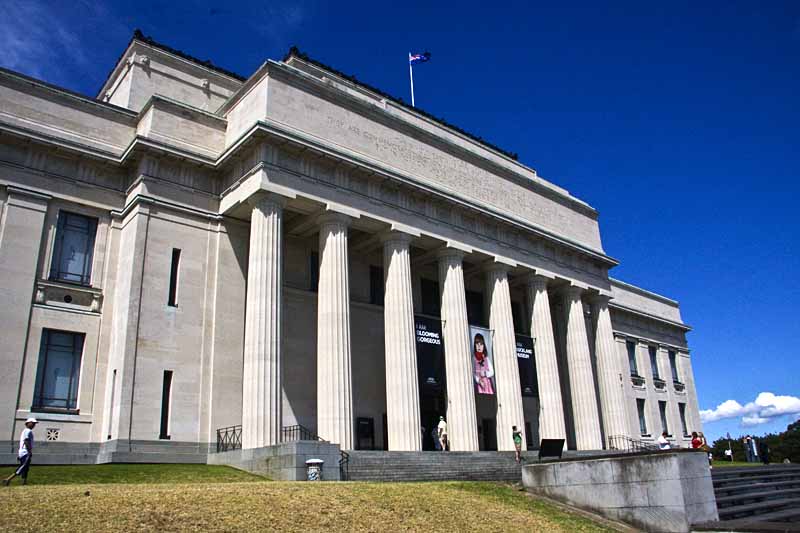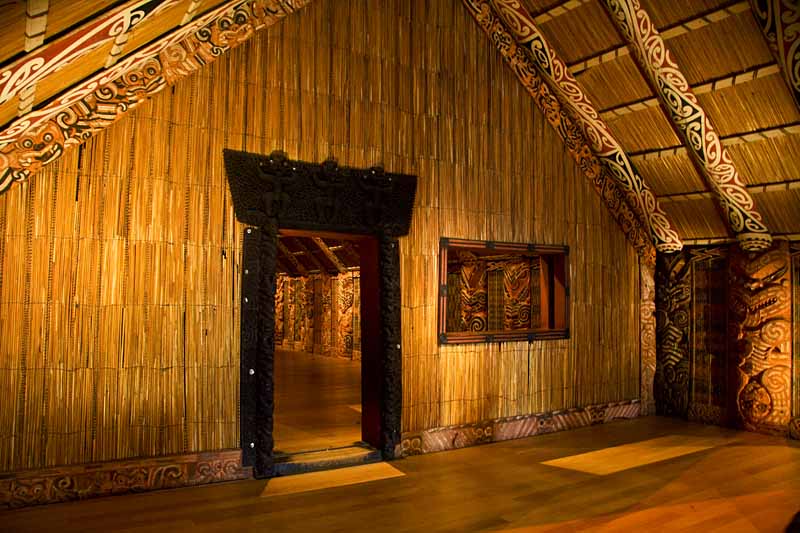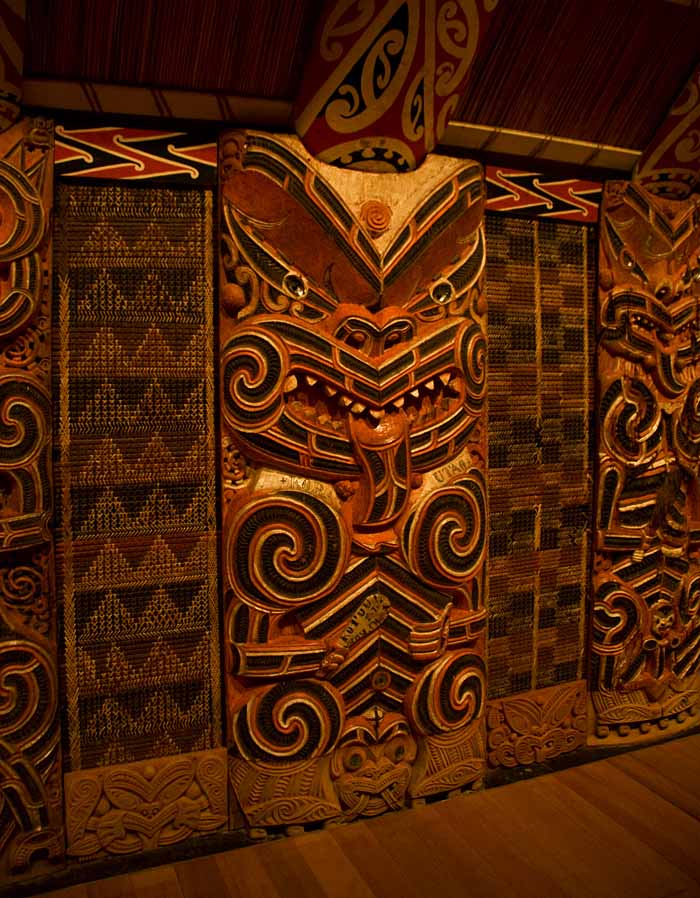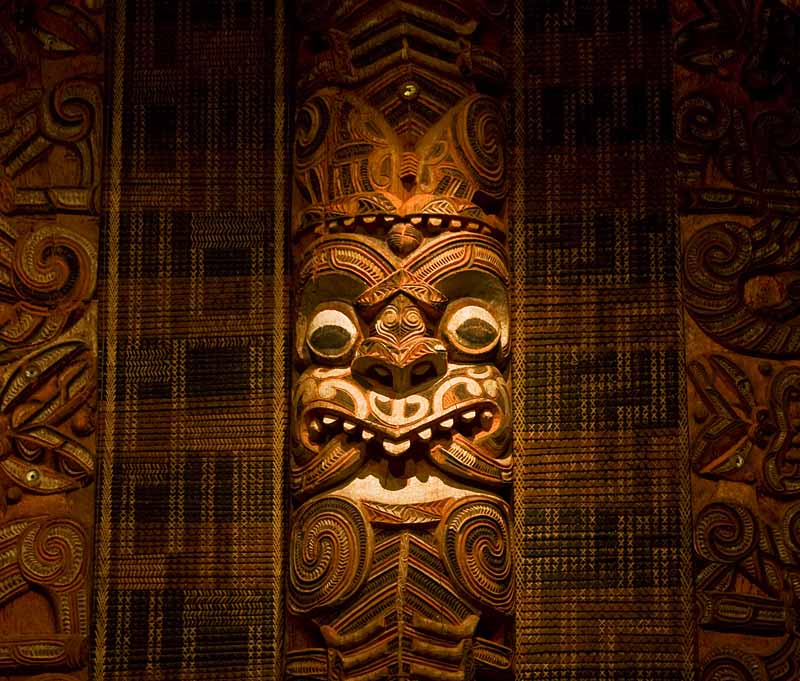A Trip to Australia and New Zealand
Auckland - War Memorial Museum

From April 25, 1915, until January 9, 1916, a very important military campaign took place that is not very well understood in the United States, but is extremely important to all Aussies and Kiwis - Gallipoli. World War I was in progress and the Allies wanted to increase military pressure on the Axis by opening an Eastern Front. By so doing it was hoped that the stalemate on the Western Front would be broken. Winston Churchill was First Lord of the Admiralty at the time and he advocated an attack through the "soft underbelly of Europe" that would open a supply route to Russia. Based in part on erroneous reports from T.E. Lawrence, Churchill believed that Turkey's ability to resist such an attack was minimal.
Following an unsuccessful naval attack on the Dardanelles it was decided that a ground attack was necessary to eliminate Turkish artillery. Australian and New Zealand ground units then located in Egypt were selected to participate in the attack along with several British and French units. In spite of great heroism and repeated effort, the Allied attack was repulsed with enormous loss of life. (One of the more important Turkish commanders at Gallipoli was Kemal Attaturk who went on to lead a revolution that transformed the Ottoman Empire into the modern nation state of Turkey.) Today, April 25, ANZAC Day, memorializes the initial landings in both Australia and New Zealand. Numerous buildings, statues, and plaques also serve as important reminders of the tragic campaign. In Auckland, the War Memorial Building that houses the Australian Museum is one such memorial.


Of all of the museums that we visited in New Zealand the most impressive collection of Maori artifacts by far was in the Auckland War Memorial Museum. We fortuitously arrived just in time to catch a Maori cultural show that was very good and when it ended the Maori participants stayed with us as we went out into the museum proper to answer questions about some of the Maori exhibits and customs. When we exhausted them we wandered off by ourselves to look at the various items on display. After about an hour we discovered that we had barely touched the surface of what was there. We spent another two hours just in the Maori exhibits and even that was not enough. Someday we have to go back.

